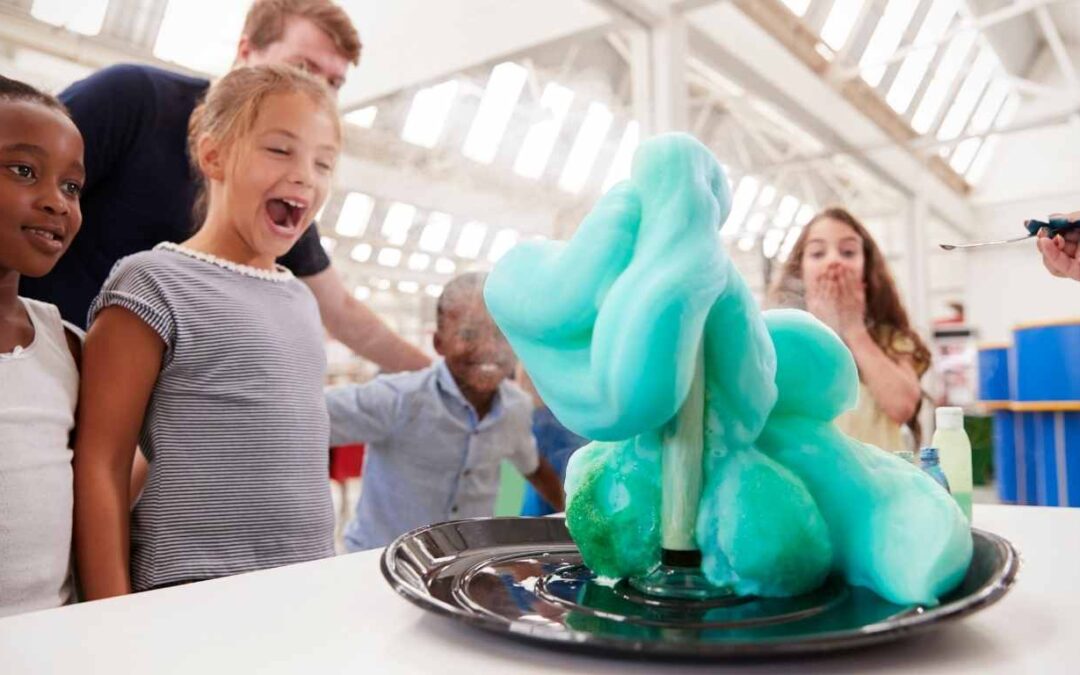By some reports, there are more students with learning disabilities than ever before.
Fortunately, though, even students with learning disabilities can learn science well.
Many, in fact, will go on to successful science careers!
What is a Learning Disability?
The term, learning disability, isn’t always used correctly.
Often, it’s used as an umbrella to describe odd social behavior or to explain poor academic performance.
But visual, hearing, and motor handicaps are not learning disabilities.
Neither is a below-average IQ.
The Mayo Clinic defines learning disability as an information-processing problem that prevents someone from learning a skill and using it effectively.
At present, most experts think that learning disabilities are neurological (brain) conditions.
It’s not clear whether these conditions are genetic (inherited), or the result of problems during pregnancy or birth.
Learning disabilities often occur with other conditions that affect behavior.
Examples include ADHD (attention-deficit/hyperactivity disorder) and ADP (auditory processing disorder).
True learning disabilities impact the three R’s: reading, writing and arithmetic.
Dyslexia
Dyslexia affects the language processing part of the brain. Students with dyslexia find it harder to read because letters, numbers, words, and sequences confuse them.
Dysgraphia
Dysgraphia affects handwriting and fine motor skills. Many of its symptoms–trouble forming letters, spacing words, following grammar rules–are similar to dyslexia. Other symptoms, such as pen grip, are distinct.
Dyscalculia
Dyscalculia affects basic math comprehension. Students with it struggle to learn addition, subtraction, and multiplication. They may lose track when counting or use their fingers long after other students stopped.
How are Learning Disabilities Diagnosed?
Symptoms of learning disabilities often overlap with other behaviors, conditions, and disorders.
Doctors, at least for school placement purposes, usually aren’t the ones who diagnose learning disabilities.
Instead, students are given assessment tests.
A series of tests can distinguish between overlapping conditions.
This knowledge can then help allocate resources where they’ll be most helpful.
Standard protocol for all learning disabilities is to test intelligence and educational attainment.
Testing for Dyslexia
A specialist may assess the student’s…
- Speaking skills
- Spelling ability
- Vocabulary knowledge
- Reading comprehension
Testing for Dysgraphia
A specialist may assess the student’s…
- Writing ability
- Hand grip
- Writing process
- Writing speed
Testing for Dyscalculia
A specialist may assess the student’s…
- Counting skills
- Recall or math fact fluency
- Calculation skills
- Listening ability
Teaching Students with Learning Disabilities
There’s no one-size-fits-all approach to teaching students with learning disabilities.
Many respond well to hands-on science activities that stimulate the senses. 
Science, as a discipline, is less rigid and more exploratory, than other subjects.
But what’s helpful for one may not be for another.
Students, naturally, are affected by the way teachers respond to their behavior. Teaching learning disabled students requires lots of patience.
What follows are tips that may reduce anxiety in a student with a disability or learning difference.
By using one or more of them, you may be able to boost their science comprehension:
- Announce the work you’ll be doing in advance. This will help the student mentally prepare for the lesson and not feel “ambushed.”
- Make it easy to identify lab equipment. Keep workspaces spaces neat and sparse. Use color codes for supplies and tools. Enlist other students to help with cleanup, if necessary.
- Assign lab and homework projects according to ability. Resolve to know how much your student can realistically accomplish with a project; stay within a range that challenges but doesn’t frustrate him or her.
- Discuss real-world applications of classroom concepts. Students with disabilities can remember real-world examples of science in action better than abstract theory.
- Bargain with the student, if needed. Look for mediums (i.e., speaking) where the student is stronger, to offset weaker areas (i.e., writing). Provide the student with flexibility in choosing assignments that meet the lesson’s objectives.
Conclusion
Learning disabilities involve the five senses, but they’re not handicaps.
They’re not behavioral or emotional issues.
As of now, they’re not curable. They must be managed.
In one sense, they’re not much different from the “weaknesses” all of us have!
That’s why many parents, teachers, and therapists prefer to say “difference” rather than disability.
It’s more hopeful and less limiting. It’s also… true.
Great scientists of the past who may have had learning disabilities include Nicolai Tesla, Thomas Edison, Louis Pasteur, Michael Faraday, and Albert Einstein.
More recent examples include Willem J Kolff, the inventor of the first artificial kidney, and Dr. Donald Francis, an epidemiologist.





